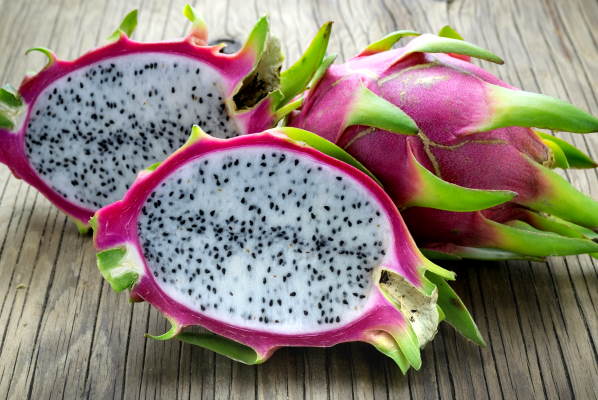
Can Babies Eat Oysters?
Oyster is the commonly used name for many salt-water bivalve molluscs. There are some types of oysters consumed raw and are seen as delicacies. There are other purposes of some types of oysters, for example pearl oysters are harvested especially for the pearl produced within their mantle. Others like windowpane oysters are harvested to be used as decoration or part of decorations.
Oyster consumption dates back to prehistory, they being a basic food source in coastal regions. Unfortunately overfishing and diseases caused by pollution have sharply reduced their numbers. Oysters can be consumed raw, smoked, baked, fried, roasted, boiled, stewed, steamed, broiled, canned, pickled or used as an ingredient in many drinks. The process of opening oysters is called “oyster-shucking”, when a special knife is used, also called oyster knife. Oysters which do not open, are usually dead, and are not recommended to be cooked. To check if an oyster is still alive and safe to be consumed, you should tap on the shell, and if it closes up, it is safe to be eaten. Oysters can concentrate anything being in their surrounding water, this is why they can easily contain harmful bacteria.
Oysters are high in zinc, calcium and selenium, but they are also a good source of vitamin A and B12. They are rich in protein, but low in calories.. The most common side effects of eating oysters include symptoms like vomiting, nausea, diarrhea and stomach pains.
When Is It Safe To Give Oysters To Babies?
Doctors usually recommend introducing fish to babies at the age of 9 months, and shellfish like oysters, lobster, shrimps only later on, at the age of 12 months old. Another recommendation is to eat oysters fully cooked, because hot sauces and lemon juice do not kill Vibrio bacteria.
Broiled Oysters
Ingredients: 2 tbsp coarsely chopped fresh parsley, 4 tsp coarsely chopped fresh thyme leaves, 2 tsp coarsely chopped fresh oregano, 1/8 tsp red- pepper flakes, ¼ cup extra-virgin olive oil & some more for drizzling, 2 tsp champagne vinegar, 24 shucked fresh oysters, ½ cup freshly grated parmesan cheese, ½ tsp freshly ground pepper.
Preheat the boiler. Stir all the herbs, the red- pepper flakes, olive oil and the vinegar in a large bowl. Add the oysters and toss to coat. Transfer the oyster mixture into a shallow baking dish. Sprinkle the parmesan cheese over the oysters and season them with pepper. Drizzle with oil. Broil until golden brown, for about 2 minutes and serve.
FAQ
What are oysters?
Oyster is the commonly used name for many salt-water bivalve molluscs.
How healthy are oysters?
Oysters are high in zinc, calcium and selenium, but they are also a good source of vitamin A and B12. They are rich in protein, but low in calories.
When can you start giving oysters to your baby?
Doctors usually recommend introducing fish to babies at the age of 9 months, and shellfish like oysters, lobster, shrimps only later on, at the age of 12 months old.
The risks of giving oysters to your baby?
The most common side effects of eating oysters include symptoms like vomiting, nausea, diarrhea and stomach pains. A good recommendation is to eat oysters fully cooked, because hot sauces and lemon juice do not kill Vibrio bacteria.



